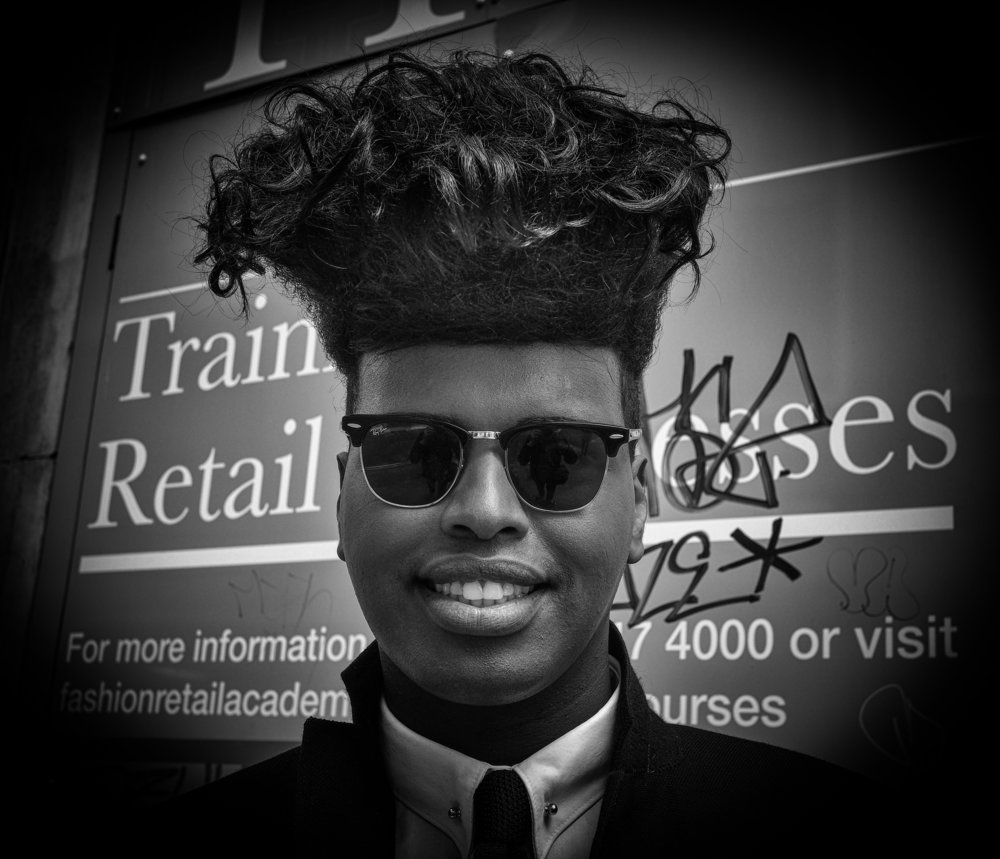

What is the best camera for street photography? Ask the question and you’ll get dozens of different cameras recommended, with the Leica M probably heading the list. What they all have in common, though, is a compact body and a small lens, usually with a focal length of 28mm or 35mm.
Some of them will be fixed-lens compacts, such as the tiny Ricoh GR or the ubiquitous Fuji X100 series, but all major on a discreet form that doesn’t grab attention. The antithesis of the ideal street photographer camera is a big DSLR with a hefty zoom. These rigs can be intimidating.
Size, or lack of it, is important in choice. For that reason alone micro four thirds has a lot going for it. There’s the small size of the cameras and lenses, for starters. But more importantly, the greater depth of field at any given aperture brings user benefits. You can use a faster aperture to grab more light while not compromising your results by the more critical focus demanded by larger sensors. With a full-frame sensor, for instance, f/8 is generally considered to be the optimum aperture for street photography — an aperture which makes zone focus (i.e. no focus) quite possible, With micro four thirds, on the other hand, f/4 or even a little faster is perfectly acceptable because of the greater depth of field.
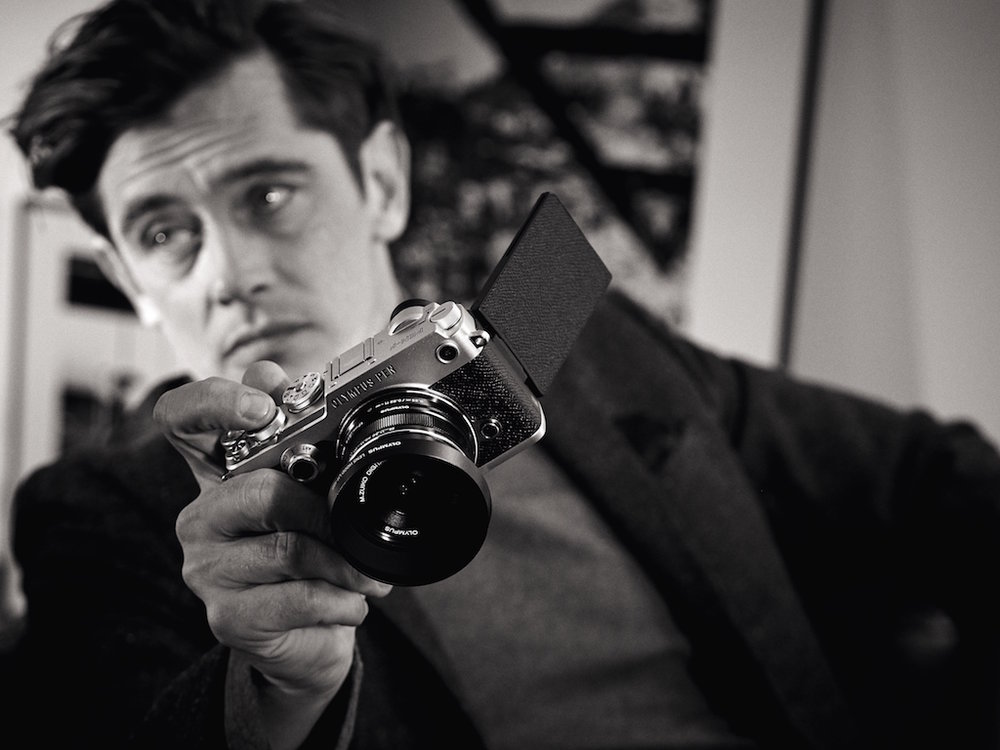
The Olympus PEN-F and the Panasonic LUMIX GX80 (which is sold as the GX85 in the USA and some other markets) are two outstanding examples of cameras that work well as street photography tools. Both are compact, with traditional rangefinder styling, and both offer high quality results when combined with a 28 or 35mm-equivalent prime lens.
If you want a system camera, as opposed to fixed-lens compact, for all-round photography as well as a discreet image, these cameras are two of the best.

Lens? I would choose either the 17mm f/1.9 Olympus or the Panasonic Leica DG Summilux 15mm f/1.7 as the ideal companions for either camera. The 20mm Panasonic f/1.7 pancake is another excellent, lightweight choice for those who prefer a slightly longer focal length. The 40mm-equivalent focal length of this lens is a great compromise for anyone who wavers over the choice of 35mm or 50mm. The important thing with both these cameras is that you do have a lens choice.
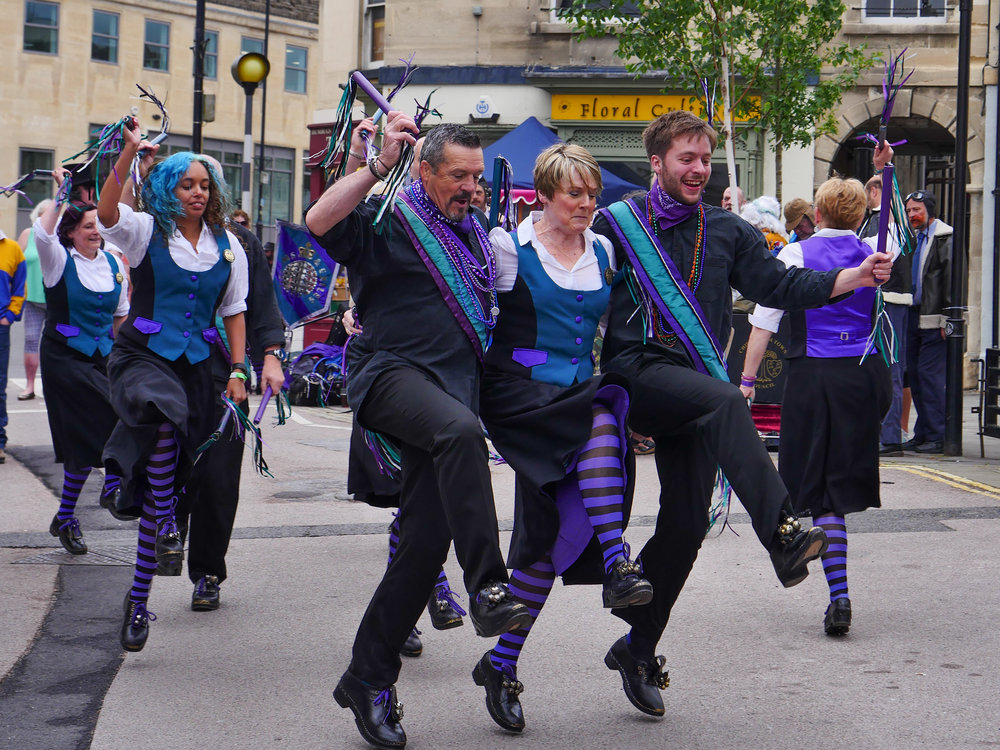
The PEN-F is a camera I am familiar with and I love the retro styling and the generally excellent build quality — let down surprisingly. by a very flimsy battery door that I hope Olympus will rectify soon. I haven’t used the GX80, although I am familiar with its near-relative predecessor, the GX7, and its bulkier contemporary, the GX8.
The GX7 was rightly prized for street photography and many fans were disappointed when the replacement GX8 grew larger and heavier. The good news is that the GX80 is essentially an upgraded GX7, with a similar 16MP sensor but without the low-pass filter which helps improve resolution and contrast.
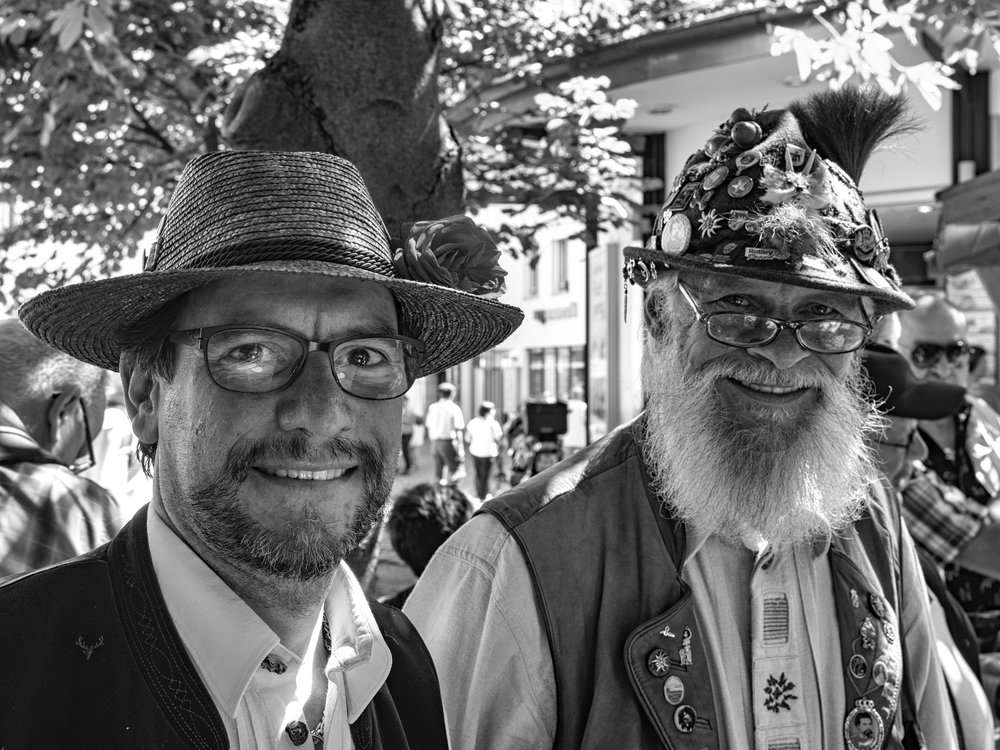
It is a slightly newer design than the flagship GX8, particularly in its 5-axis body stabilisation which works in conjunction with the lens stabilisation under the Dual IS system (only with Panasonic Lumix or Leica DG lenses, however). But it lacks the tilting viewfinder of the GX7 and GX8 and the weather resistance of the GX8. It also feels less solidly constructed than the GX8. On the other hand, the redesigned, quieter shutter mechanism leads to a 90% reduction in shutter shock (something which the GX8 is known to suffer from) and this helps keep the camera steady so you can get away with slower speeds.
Below Left: The GX8 is the pro camera, with more physical controls, a weather-proof body and a heftier grip, more suited to larger lenses and zooms. Below Right: The GX80, a later design, is smaller and lighter, a discreet little camera for street photography. It also benefits from a shutter that is less prone to shock and an improved stabilisation system.
The Olympus PEN-F has more eye-appeal and glamour than the GX80, no doubt about it. And it does have the bigger 20MP sensor. But the GX80 is under half the price of the Olympus — currently £429 against £879. In general, I tend to prefer Panasonic m4/3 cameras over their Olympus cousins because I warm more to the control layout and, especially, to the simpler menu structure. Yet either of these cameras is ideally suited to casual walk-around tourist or street photography and, given a straight choice, I would be tempted to go for the Panasonic and pocket the change.
If you want more information on either of these cameras I’ve found a couple of well-written and thoughtful reviews:
- PEN-F Long Term Review (atmtxphoto.com)
- Panasonic GX85 review (The Online Photographer)
_______________
- Subscribe to Macfilos for free updates on articles as they are published
- Want to make a comment on this article but having problems?

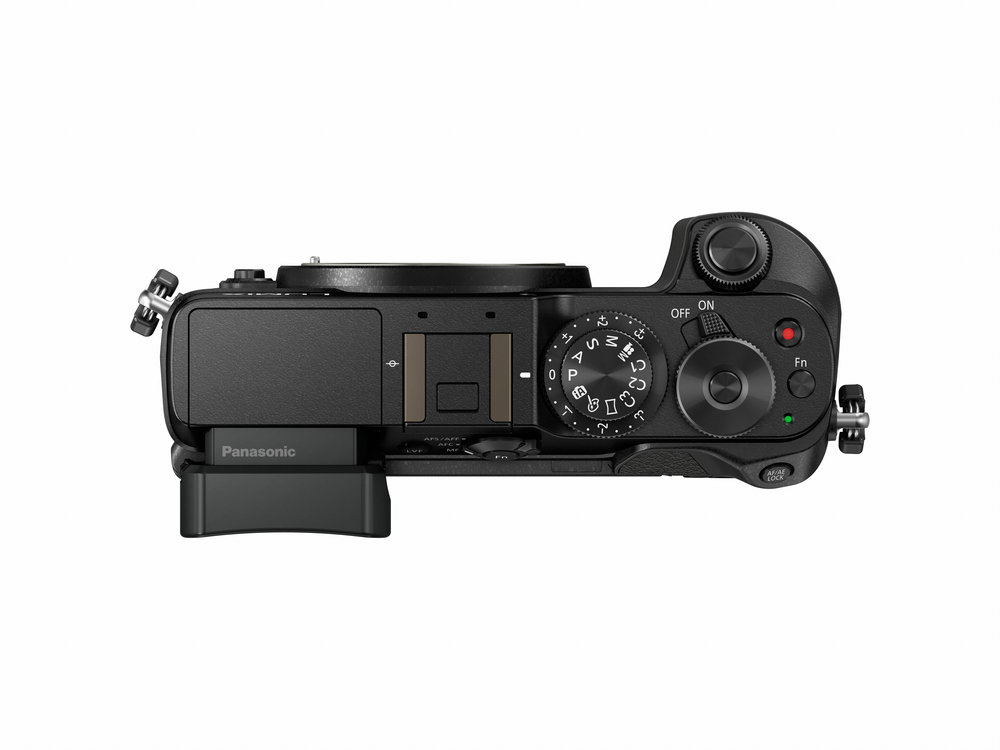
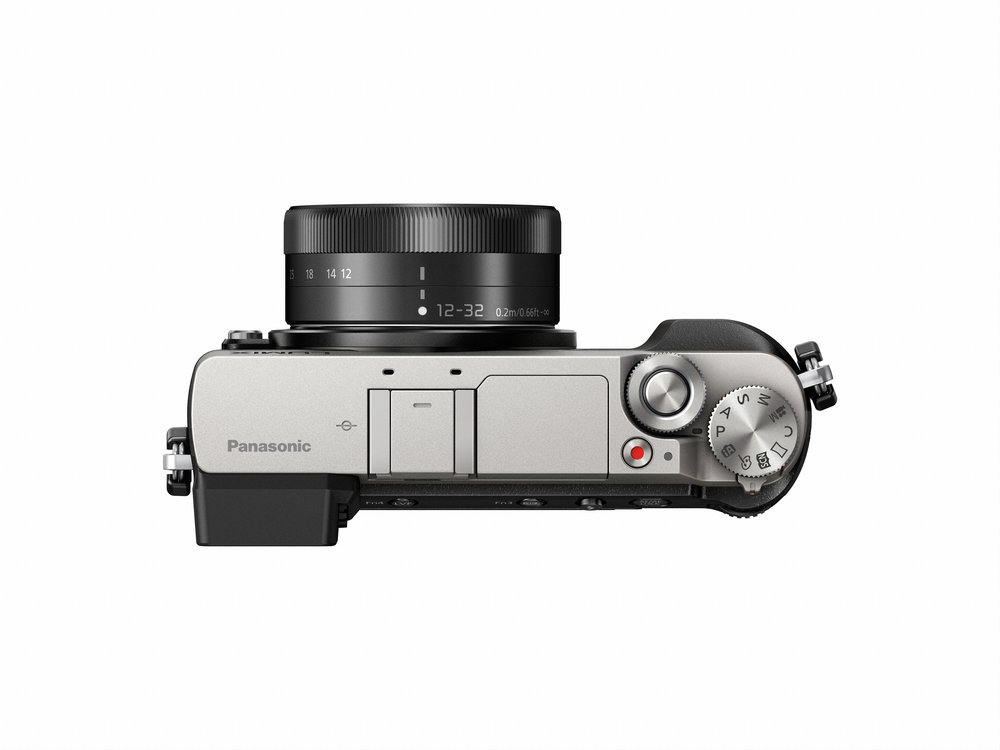
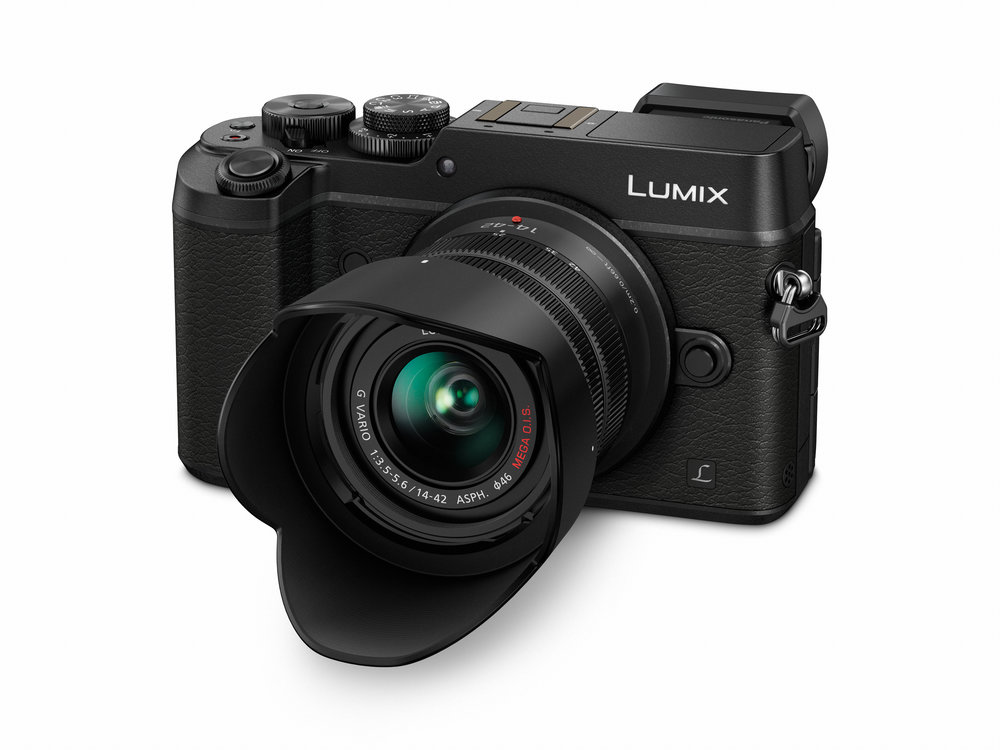
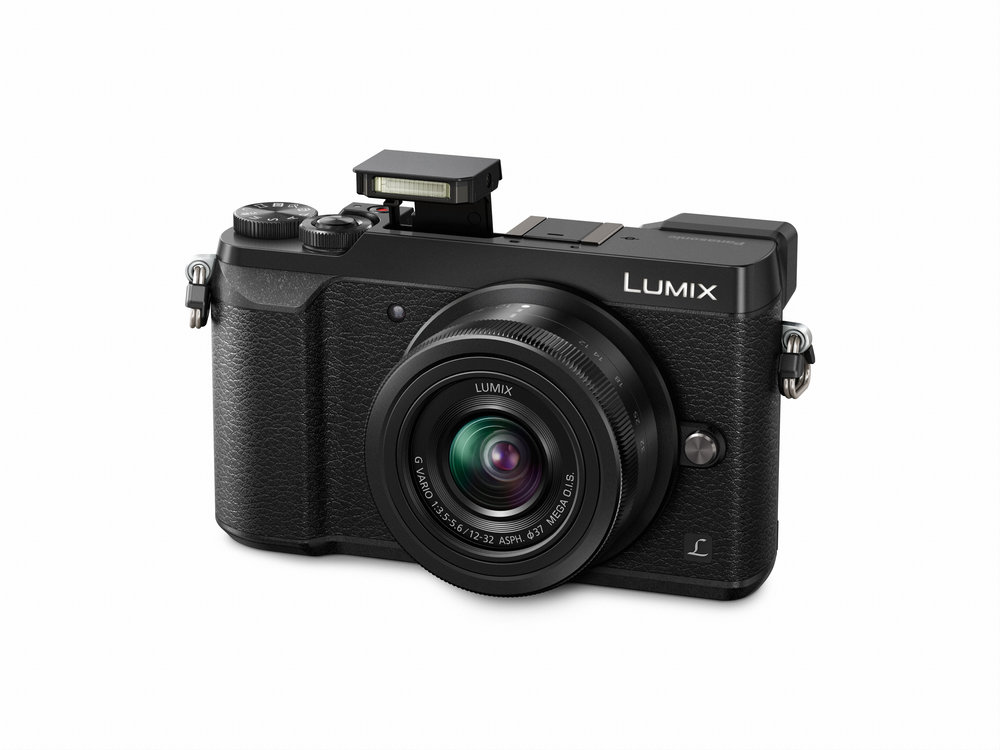
Thanks Mike, will do!
David
Thanks Mike that’s very useful.
Although, as you know, I employ a discrete distance X-T2 with telephoto lens approach to street shooting, I sometimes use the V-Lux wide angle power for close ups when on the move. At some point I intend to investigate the small micro systems and these comparisons are useful. I have been considering the Fuji X-T20 with XC 16-50mm Mark II Lens. But the Lumix range does include some excellent small cameras at much lower costs, while the Olympus Pen-F does have that gorgeous retro look!
David
I tend to think of Panasonic as Leica-like while Olympus is more Sony-like, certainly in its approach to menuing and controls. With the Leia DG lenses, the small Panasonics perform really well. I got my first taste of this with the D Lux and decided that the Leica influence on Panasonic is quite substantial. Let me know how you progress…